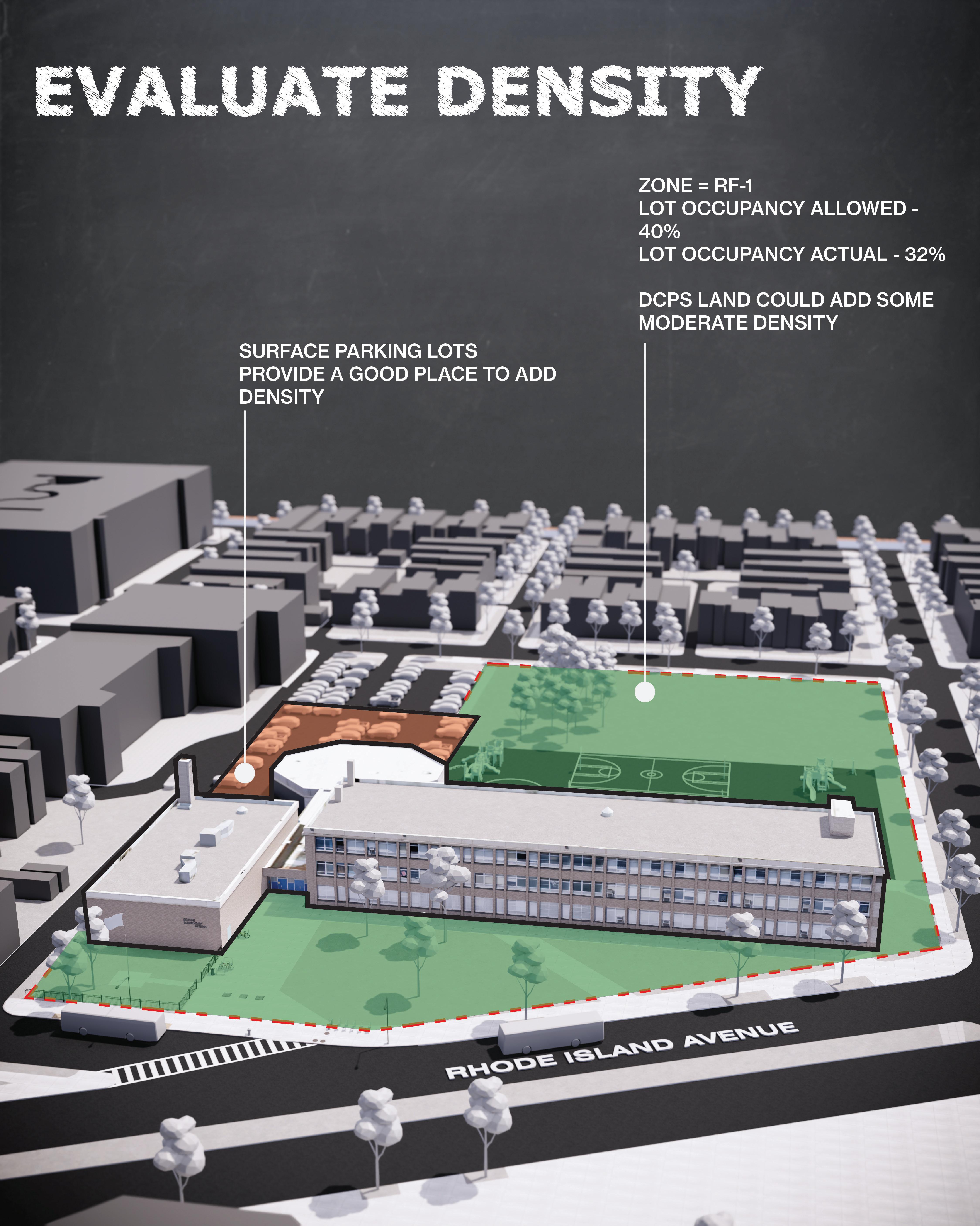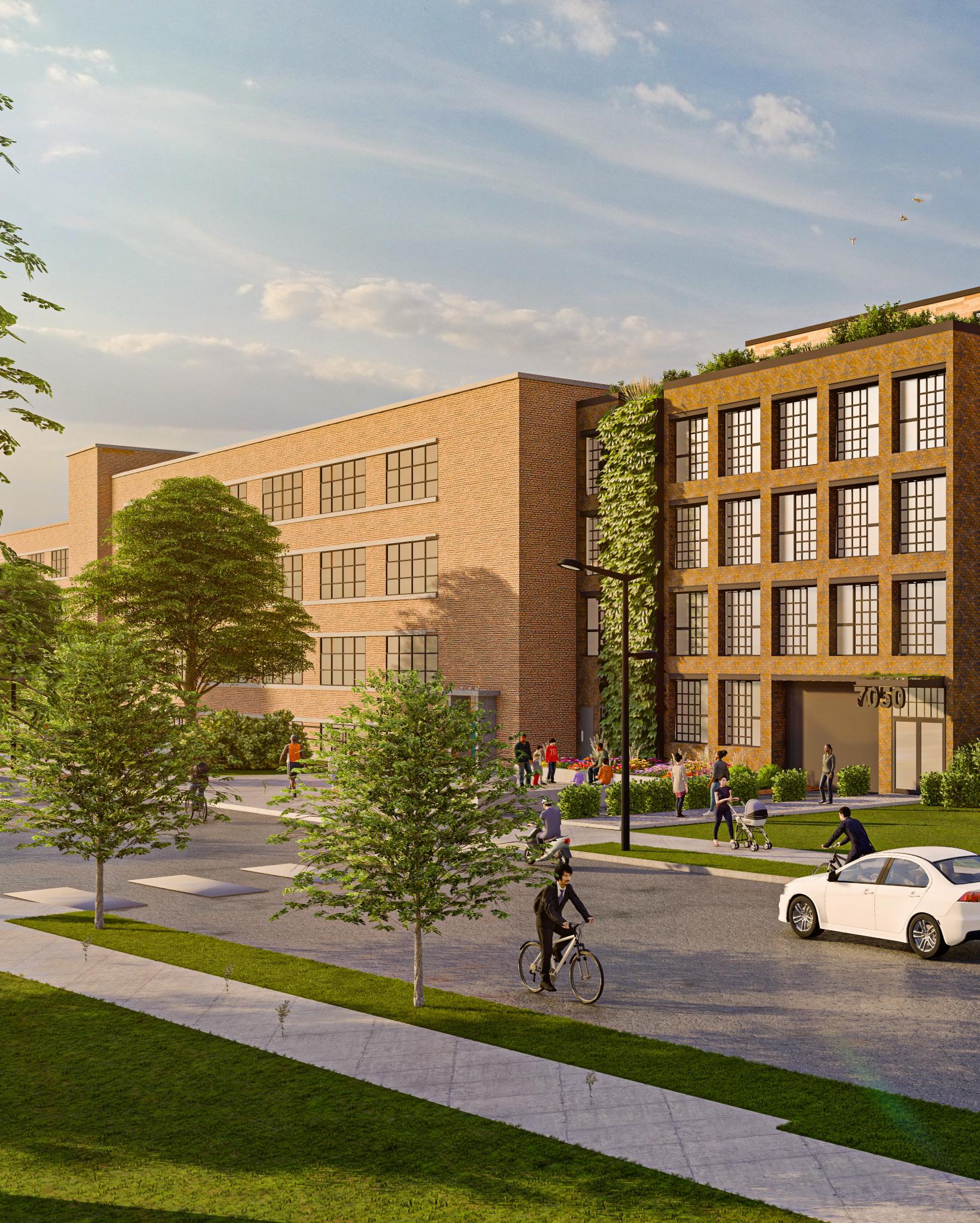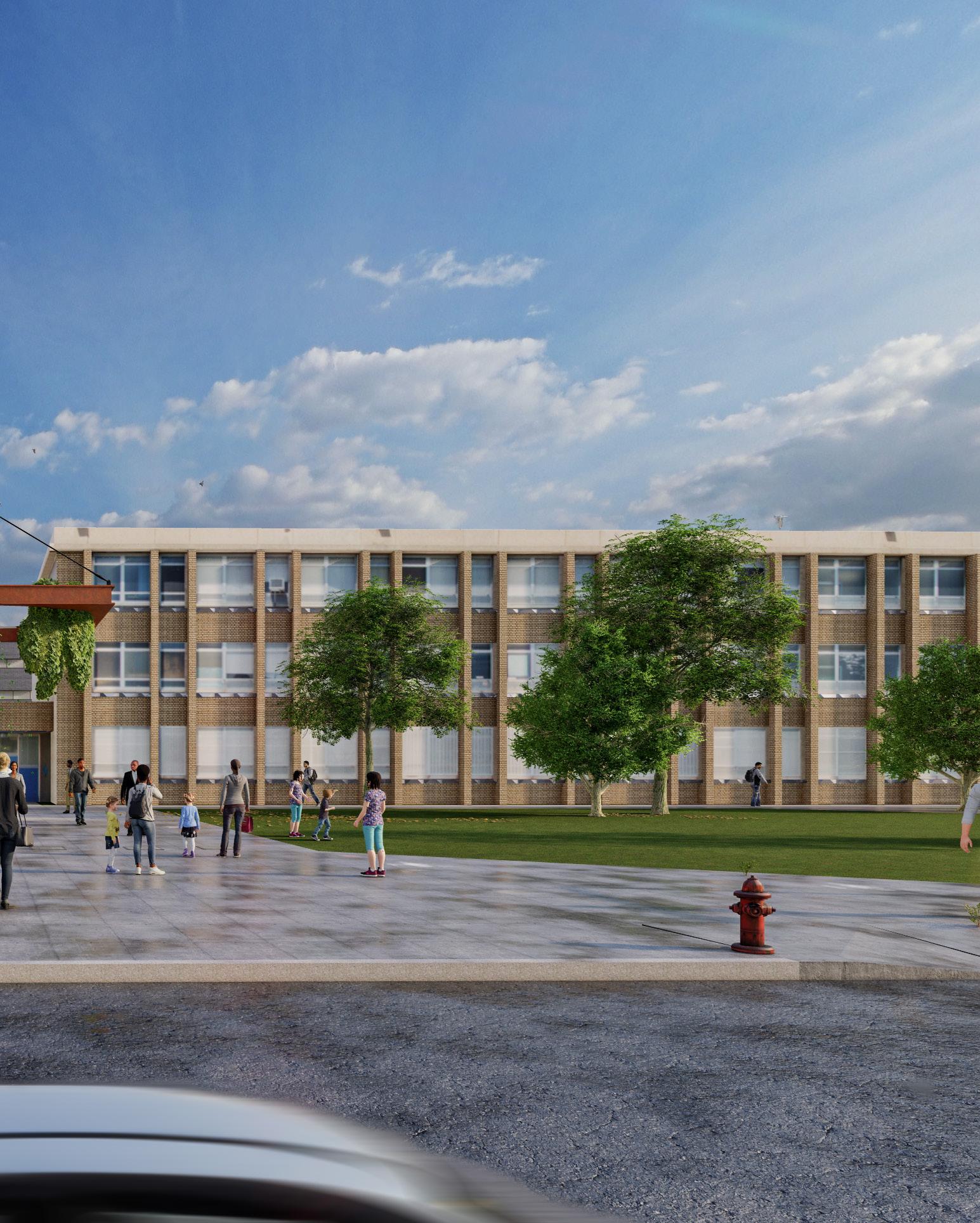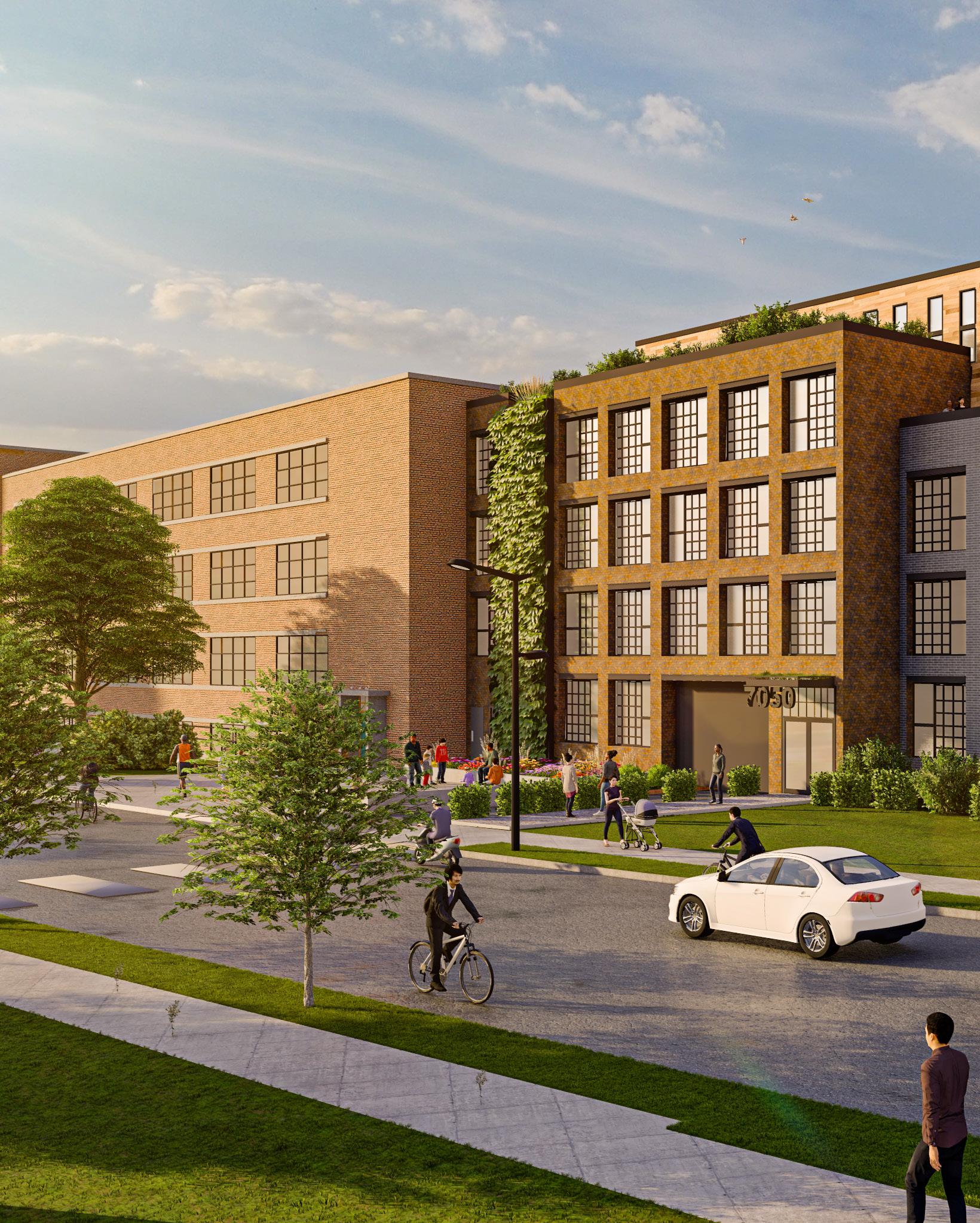

THE ISSUE

Teacher retention is becoming a national epidemic, evidenced by a National Education Association survey revealing that 55% of teachers are contemplating leaving their positions, with younger educators, teachers of color, and those in lowincome schools disproportionately affected (1)(3)(4). In Washington D.C., where approximately 25% of teachers depart annually, the problem is pronounced (4). I propose a practical solution for teacher retention here in the District - building affordable supportive housing on DC Public School land.
The correlation between teacher retention and academic success is undeniable, as retention impacts student delinquency rates and test scores while also bearing significant financial implications—each departing teacher costs DCPS an estimated $20,000, totaling $40 million over five years (5)(6)(7)(8)(9). Local advocacy groups have uncovered factors such as cost of living, stress, and inadequate support contribute to teacher turnover, with over half of DC teachers being rent burdened (13), underscoring the need for solutions like flexible scheduling, higher pay, and affordable housing (3)(9). Concerted action is required to reverse the trend.
78% DCPS TEACHER RETENTION RATE 2022 (3)

37% NUMBER OF STUDENTS CHRONICALLY TRUANT IN D.C. (7)
$20K COST TO D.C. PER TEACHER LOSS (8)

THE PROPOSAL

Envision a transformative yet practical solution: the construction of teacher-specific housing on DC Public School property seamlessly integrated into the urban fabric. By creating naturally affordable, amenity-rich, walkable, and emotionally supportive housing within the communities where teachers work, we aim to address some of the root causes of attrition.
Leveraging existing resources, including underutilized DC public school property and a robust school modernization program, we believe that DC already has the tools to make this happen. We propose conducting feasibility studies across all school sites to identify optimal locations for housing based on zoning, proximity, and school modernization scheduling.







EXAMPLES




SEATON ELEMENTARY - AFTER




SEATON ELEMENTARY - AFTER


HART MIDDLE SCHOOL - BEFORE


HART
MIDDLE SCHOOL - AFTER


HART MIDDLE SCHOOL - BEFORE


HART MIDDLE SCHOOL - AFTER



TRUESDELL ELEMENTARY - AFTER






TRUESDELL ELEMENTARY - AFTER




NET BENEFITS

• Revenue and land value increase
• Increased teacher retention and better budgets
• Better schools
CITY
DCPS & DC GOV

Affordable housing contributing to the goals of the city
• Sustainable, net zero buildings
• Attraction of teacher talent
• Possibility of best school system in the nation and trendsetter
• Affordable housing
• Proximity to school
TEACHERS
OLD & NEW

• Living in supportive ecosystem with other teachers
• Amenities such as fitness center and rooftop deck for stress release
• Living in the community they serve
• Chance to live long term based on savings
COMMUNITY
LOCAL

• Better schools
• Teachers connected to community
• No taxpayer spending required
• Neighborhood beautification
Who is the developer and where does the money come from?
• DC would be the developer. The buildings are self sustainable due to not having costs for land - DC would pay for the construction over the course of the loan.
Wouldn’t this be disruptive to the schools?
• Construction would be completed during the DCPS school modernization process so as to not further disturb class schedules or create a need for additional swing spaces.
Who would this be for?
• Although we would leave this up to the experts, the proposal would be for incoming DCPS teachers for the first 7 years of their career. These are formative years when this support could make a significant impact. Teachers would be placed within a 15 minute walk of their school of employment.
How would the unit mix work?
• Proposal would be for up to 50 two bed units to avoid the need for loading docks per DC zoning. Two bed units would save on costs and allow friendships to develop amongst teachers without the stress of multiple roommates. Teacher’s with families would be allowed to occupy a two-bed unit without another teacher roommate.
Would this housing be tied to any other formal support?
• This could be a feeder to the first time home-buyer program where residents could have financial literacy training to save money for a down payment while they have a below-market rent. Special teacher mentoring programs could also take place in the buildings.
What if teachers don’t like being so close to the places they work?
• This solution wouldn’t be for everyone - the proposal aims to house 10-15% of DCPS teachers, with a focus on incoming teachers. There should be more than enough demand to meet this percentage. However, if teacher demand falls short, DCPS could partner with other housing agencies to fill spots. Either way, a revenue-generating asset is created to help DCPS with its budget issues.

A Q S
SUMMARY

In conclusion, the establishment of a teacher housing network holds promise not only in addressing retention challenges but also in realizing a multitude of benefits. From strengthening community ties, to improving the lives of students, to enhancing the attractiveness of DC as a place to live and work, this initiative has the potential to elevate both educational outcomes and quality of life. With the requisite will and commitment, DCPS possesses the resources to emerge as a worldclass school system.

Citations
1 - Harbatkin, Erica, and Tuan D. Nguyen. “The Relationship Between Teacher Intentions, Turnover Behavior, and School Conditions.” Brookings, 19 Oct. 2023, www.brookings.edu/ articles/the-relationship-between-teacher-intentions-turnover-behavior-and-school-conditions.
2. School Pulse Panel. (n.d.). https://ies.ed.gov/schoolsurvey/ spp/
3. Lumpkin, Lauren. “D.C. Teachers Are Leaving Their Classrooms. Here’s Why.” Washington Post, 3 Dec. 2023, www. washingtonpost.com/education/2023/11/30/dc-teachersturnover-public-charter-schools.
4. Bryant, Jake, et al. “K&Ndash;12 Teachers Are Quitting. What Would Make Them Stay?” McKinsey & Company, 2 Mar. 2023, www.mckinsey.com/industries/education/our-insights/k-12-teachers-are-quitting-what-would-make-themstay.
5. Dillon Fuchsman, Tim R. Sass, Gema Zamarro; Testing, Teacher Turnover, and the Distribution of Teachers Across Grades and Schools. Education Finance and Policy 2023; 18 (4): 654–675. doi: https://doi.org/10.1162/edfp_a_00376
6. Chetty, Raj, et al. “Measuring the Impacts of Teachers II: Teacher Value-Added and Student Outcomes in Adulthood.” The American Economic Review, vol. 104, no. 9, Sept. 2014, pp. 2633–79. https://doi.org/10.1257/aer.104.9.2633.
7. District of Columbia Attendance Report 2022-2023 School Year. 30 Nov. 2023, osse.dc.gov/sites/default/files/ dc/sites/osse/publication/attachments/2022-23%20Attendance%20Report_FINAL_0.pdf.
8. “What’s the Cost of Teacher Turnover?” Learning Policy Institute, 13 Sept. 2017, learningpolicyinstitute.org/product/ the-cost-of-teacher-turnover.
9. “EMPOWERED.” EMPOWERED, www.weareempowered. org.
10. “Chart of the Week: The Majority of Teachers in the District Are Rent Burdened - D.C. Policy Center.” D.C. Policy Center, 2 Dec. 2022, www.dcpolicycenter.org/publications/ teacher-rent-burden.

